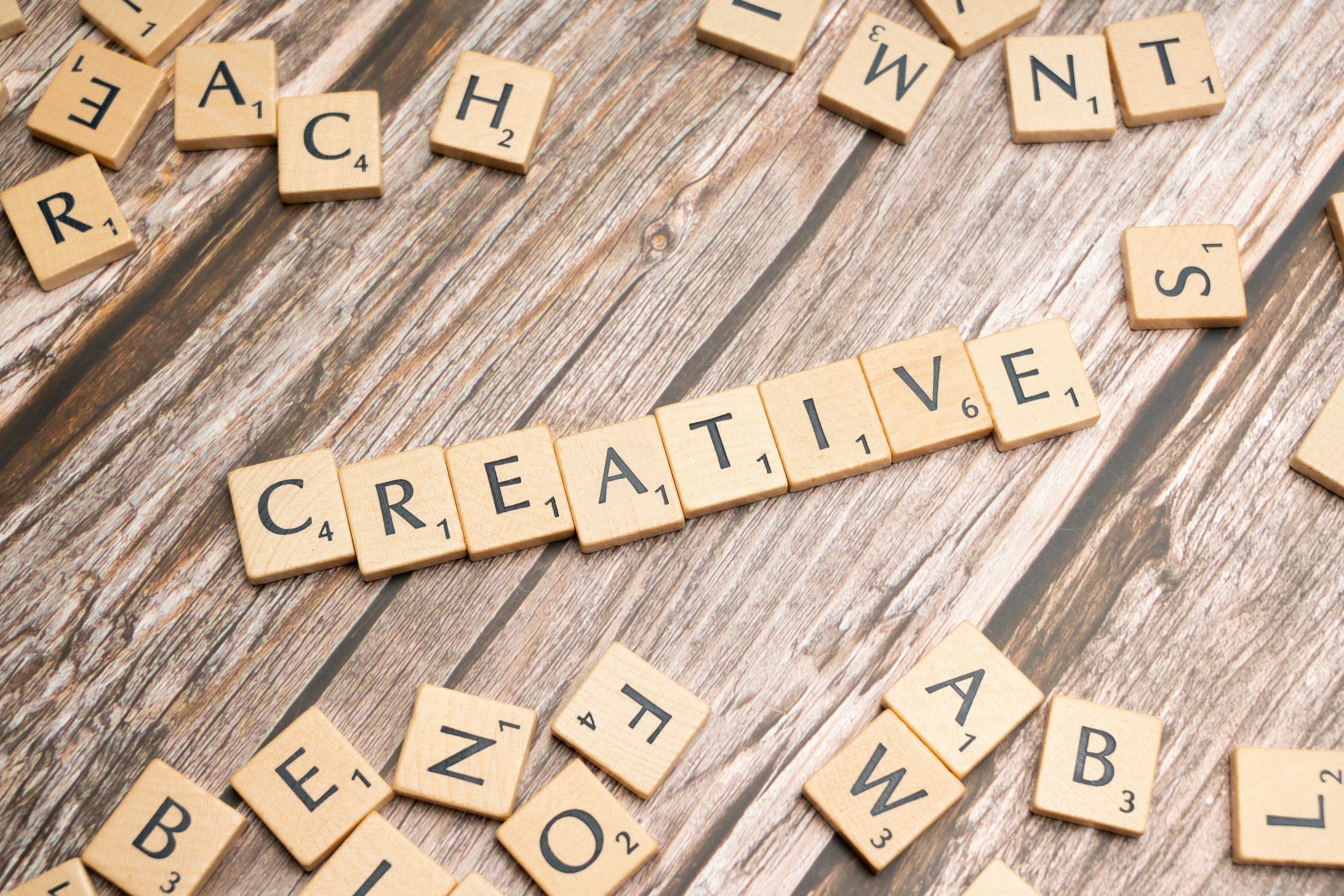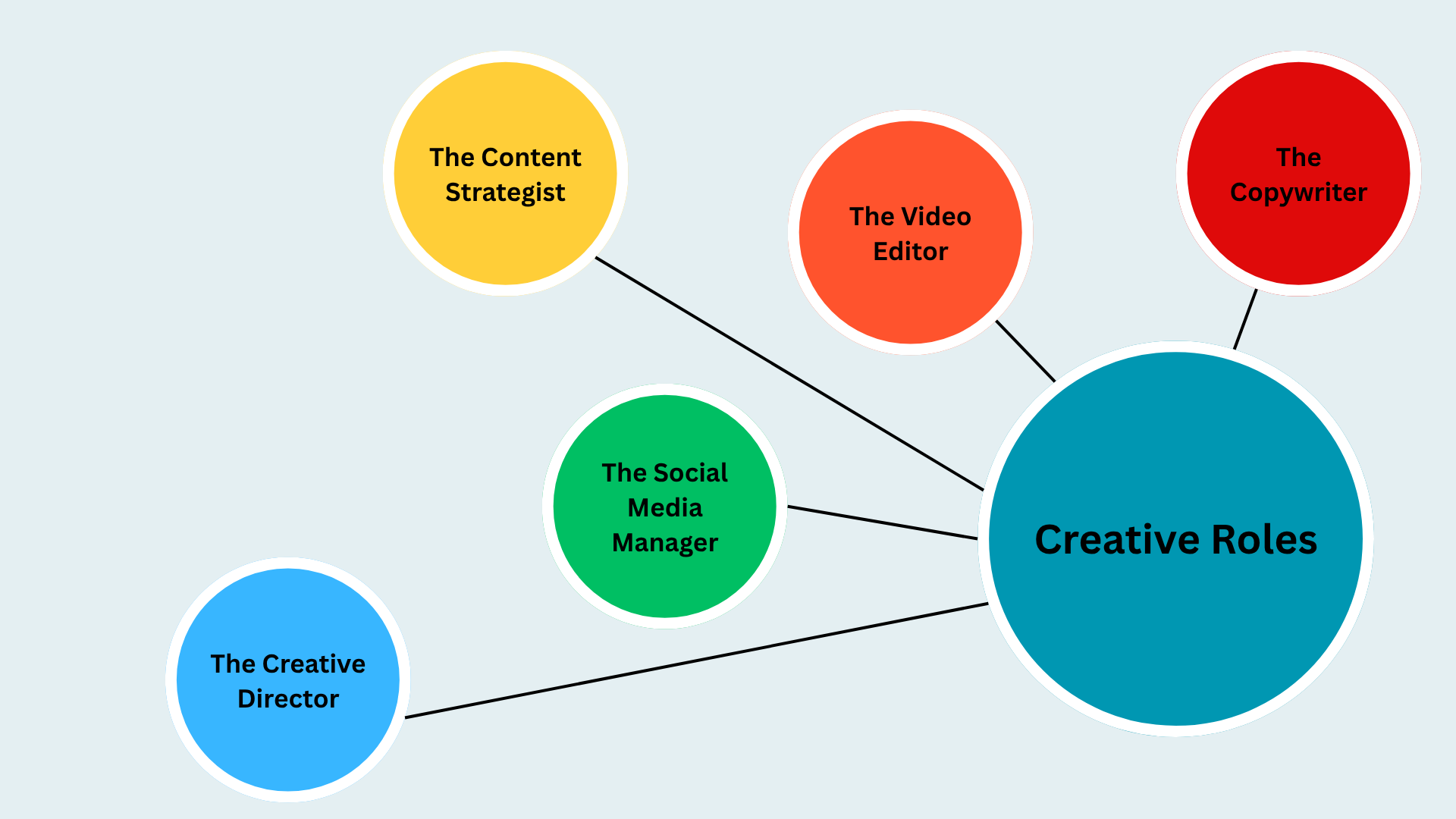.png)
AI isn’t here to take your job—it’s here to change how you do it.
If you're a marketer in 2025, you've likely heard the chatter: “AI is coming for creative jobs.” But here’s what’s actually happening—AI isn't wiping out creative roles. It’s redefining them.
The rise of AI tools like Clicks.Video, ChatGPT, Midjourney, and others isn’t a threat—it’s a shift. These tools aren’t here to replace the humans behind the screen; they’re here to augment our ideas, accelerate production, and open up more room for experimentation.
So if you're feeling unsure of where you fit into this new landscape, don’t worry. You're not being pushed out—you’re being called up to work differently, faster, and more strategically. Let’s explore how five common marketing roles are evolving in real time—and what it actually looks like to adapt.

Today’s creative marketing landscape is more intense than ever. The demand for video content is nonstop. Campaigns need to ship faster. Brands want five ad variations instead of one polished video. And platforms change their trends and formats overnight.
In this chaos, AI tools have become the marketer’s co-pilot. But to really get the benefits, we need to evolve our roles alongside the tools.
The modern copywriter no longer spends hours drafting a single headline. Instead, they’ve become prompt engineers, idea sculptors, and editors-in-chief. They work alongside AI tools like ChatGPT or Jasper—not to replace the voice, but to help speed up first drafts, explore new angles, or break through creative blocks.
What matters now isn’t just writing—it’s steering the AI with intention, recognizing what sounds human, and knowing when to throw out the fluff. Copywriters are no longer bottlenecks; they’re enablers of faster testing, voice guardians, and messaging experts who can iterate in minutes instead of days.
Video editors used to live inside Adobe Premiere timelines. Today, the most efficient teams are generating ad-ready videos in minutes—not because they’re skipping steps, but because tools like Clicks.Video handle the busywork.
In this new world, editors are becoming more like creative directors. They focus on choosing the best visuals, shaping the emotional beats of a story, and testing variations—not scrubbing through footage for hours. They decide what message to deliver and which formats to use—and let AI handle the rendering.
The shift isn’t about doing less—it’s about doing the right work faster.
Content strategists have traditionally focused on calendars, briefs, and SEO checklists. But now, their role is evolving into something more like creative operations.
Instead of simply mapping out content topics, they’re designing systems: how a single blog post becomes three short-form videos, how a webinar becomes social proof, how one testimonial becomes ten ad hooks. They rely on tools like Clicks.Video and Notion AI to build scalable content workflows that adapt quickly to performance data.
Today’s content strategist isn’t just a planner. They’re an architect of repurposable, scalable, and testable content ecosystems.
Social media managers used to spend hours writing captions and scheduling posts. Now, they’re being asked to produce five times the content—with smarter hooks, better trends, and more testing baked in.
With tools like Clicks.Video, they don’t need to shoot original video every week. They can generate new ad variants, test creative angles, and stay ahead of algorithmic shifts—without losing sleep.
Instead of just being “the person who posts,” they’re evolving into creative performance marketers, tracking engagement patterns, running experiments, and shifting creative in real time based on what works.
Creative directors have always been the north star of a brand’s visual and emotional tone. That hasn’t changed—but now, they’re also leading AI-driven teams.
They’re guiding not just what gets made, but how it gets made—defining guardrails for AI-generated assets, building creative systems, and empowering teams to test, learn, and adapt fast. The job is no longer just to approve polished final drafts—it’s to create an environment where fast iteration and on-brand storytelling can thrive side by side.
Great creative directors are now collaborators with automation, not threatened by it.

The marketers who are thriving in this new era aren’t necessarily the most technical. They’re the most curious, agile, and collaborative.
They’re not afraid to try new tools. They give AI a seat at the table—but keep the strategy, storytelling, and brand integrity firmly in human hands. And they’re focused on output that performs, not just output that looks good.
Whether you’re a copywriter, strategist, or director, the way forward is the same: work with AI, not against it.
If you're working in a fast-paced marketing team and trying to keep up with demand for short-form video, AI hooks, and creative testing, Clicks.Video was built for you.
You don’t need a video editor. You don’t need a scriptwriter. You don’t need days of production.
Just drop in your idea, product link, or creative brief—and generate scroll-stopping videos in minutes. Want to test five hook variations? Done. Need platform-ready Reels, TikToks, and Shorts? Easy.
Clicks.Video helps creative teams do more, with less friction.
👉 Launch your first AI-powered video ad with Clicks.Video today.

The roles we once knew are changing—but that doesn’t mean they’re disappearing. In fact, marketers who lean into this shift are becoming more essential than ever.
AI isn’t the enemy of creativity. It’s the assistant, the co-pilot, the accelerator that helps you bring your best ideas to life faster than ever before.
And if you're ready to build a smarter workflow, Clicks.Video is the best place to start.